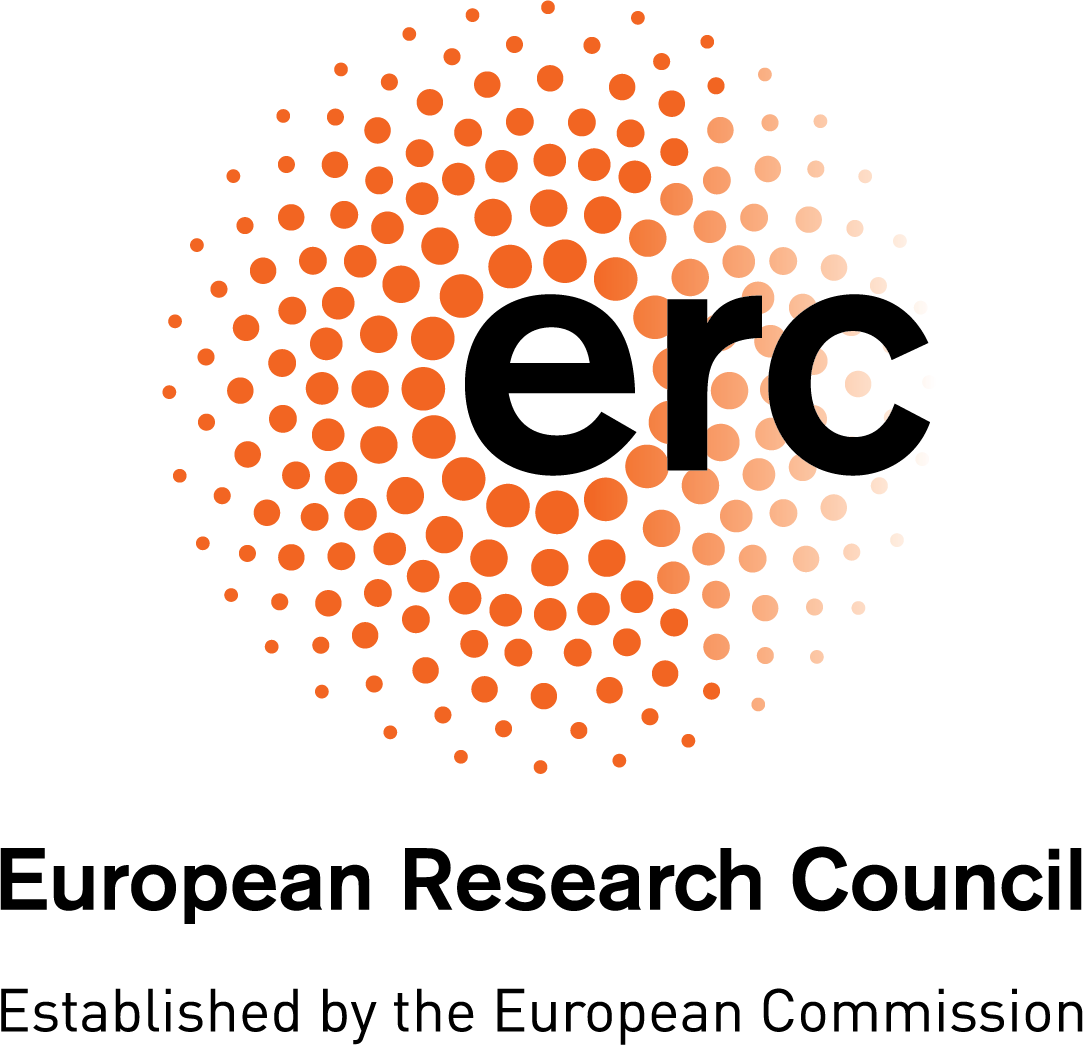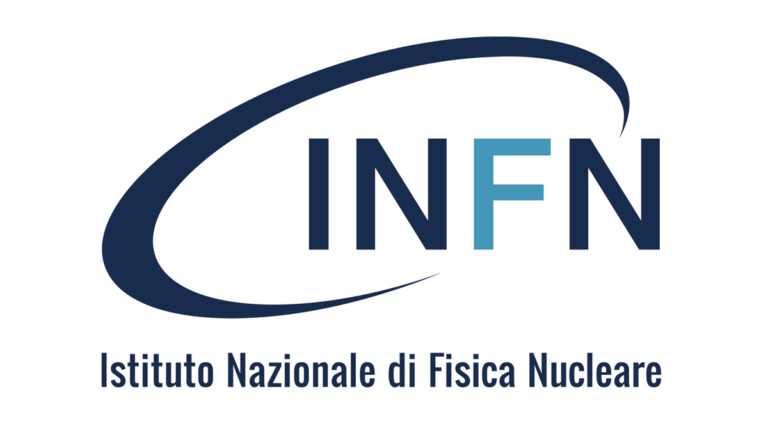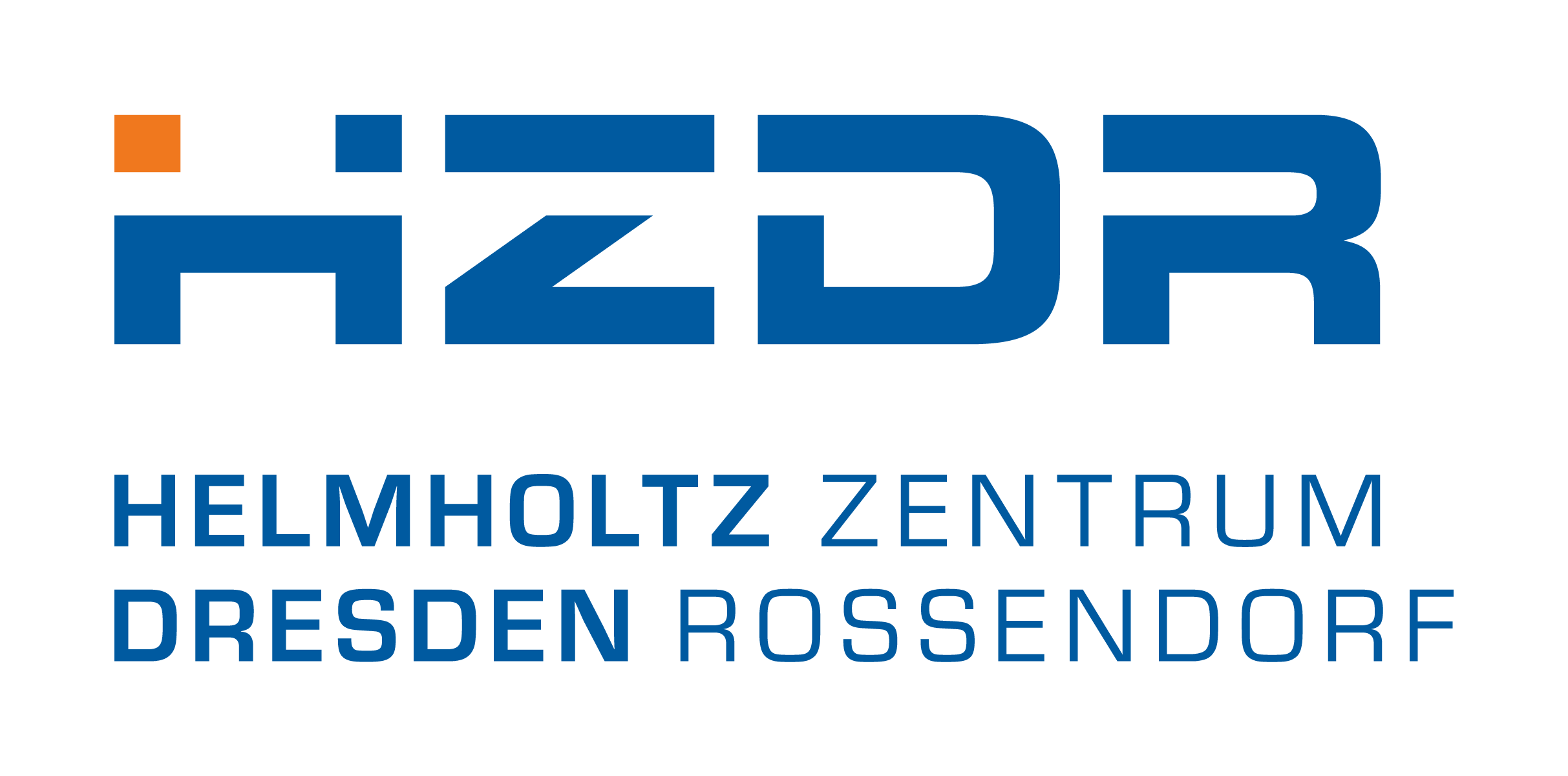ERC Synergy Project LUNANOVA will revolutionize our understanding of the sun
The European Research Council (ERC) has awarded a Synergy Grant with a total budget of 14 M€ to four scientists: Daniel Bemmerer from Helmholtz-Zentrum Dresden-Rossendorf (HZDR; coordinating), Alba Formicola from Istituto Nazionale di Fisica Nucleare (INFN), Gianluca Imbriani from Università degli studi di Napoli Federico II, both in Italy, and Aldo Serenelli from Instituto de Ciencias del Espacio (ICE-CSIC) in Spain. The ambitious aim of their project LUNANOVA is to revolutionize the model of our sun.
Deep inside our sun, nuclear reactions burn hydrogen, the lightest chemical element, to helium, the second lightest. These fusion processes and their implications are described in the so-called standard solar model. This model is the blueprint for understanding thousands of solar-like stars. For the sun, the model can be validated by observations of solar neutrinos, of seismic waves at the solar surface, and of the elemental abundances in the solar atmosphere.
However, there is a surprising problem: The computer model of our sun is much less precise than these very difficult observations. To put it figuratively, the solar model is standing on its head (the observations), not on its feet (the input physics). A fundamental reason for this problem lies in the uncertainties of nuclear physics.
Starting in 2026, LUNANOVA aims to solve this problem. The four lead scientists and their teams will perform accelerator experiments deep underground in the Gran Sasso National Laboratory of the National Institute for Nucleare Physics, in Italy, at the Felsenkeller lab in Dresden, and at other labs in Germany and Italy. They will study the solar fusion reactions. The group will interpret their data first in the nuclear and, subsequently, in the solar and astrophysical contexts, informing a completely new solar model.
Over a time span of six years, LUNANOVA will thus remove the now-dominant nuclear physics uncertainty from the solar model.






